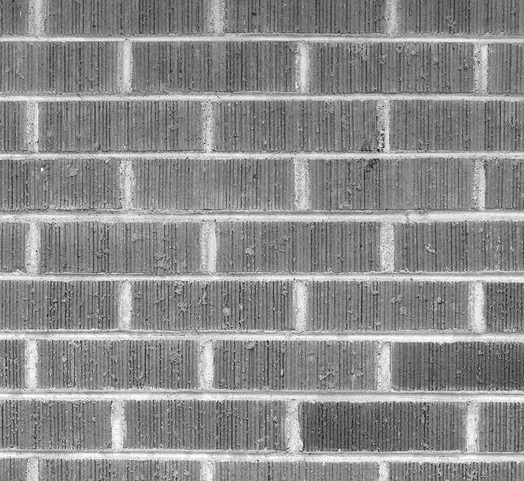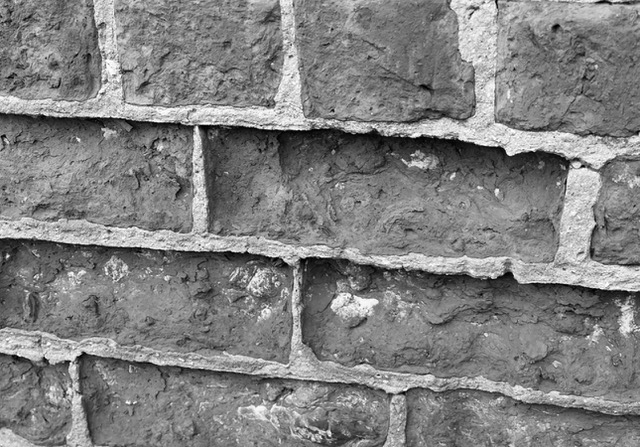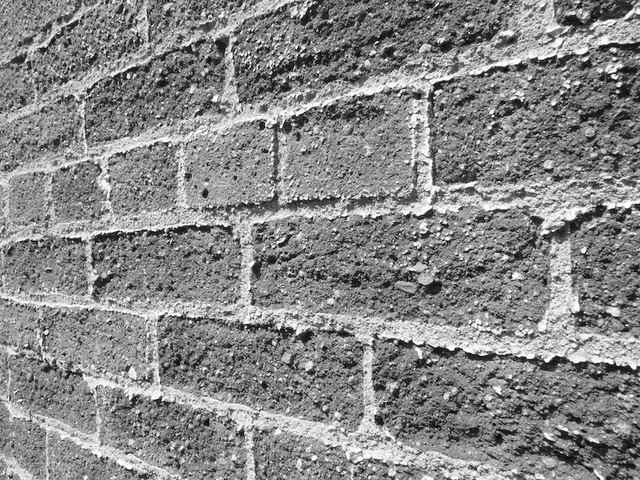To Sandblast or Not to Sandblast Your Brick?
Published on 04/08/2022 • Posted in General Interest
By Tricia Amato (Lewis)
Red brick has never been more popular — I mean, who doesn’t like the look of exposed brick?
Many brick homes in Willo have been sandblasted to reveal the “original” brick surface — their owners wondering why anyone would ever paint over such lovely brick! Well, here is something to consider. Many homes, especially those built in the mid 20th Century, were meant to be painted. I know, it’s shocking — brick is so real, so rustic, and so…warm!
Prior to the late 1800s, paint was expensive, relatively unstable, and available in limited naturally derived colors, so most brick homes were unpainted. Early Puritan colonists in the States thought painted homes were a sign of immodesty, which created a cultural aversion to the practice. But companies like Sherwin Williams worked to improve the technology so that, by the mid-1900s, high-quality paint became affordable for the average homeowner. The palette of available colors expanded, and custom colors also became available, sparking a trend toward more color and less brick.
If you ultimately decide that the paint on your brick home has to go, sandblasting should not be your first choice. It removes the hard outer surface of the brick, which is especially important with old bricks that were not baked in a controlled environment like modern bricks. Often the interior remained soft with only a hard exterior “crust” — much like a loaf of bread. When that crust is removed, it not only causes a breakdown of the individual bricks, it destroys the beautiful finished look of the brickwork. Sandblasted bricks are no longer smooth but become very rough, uneven, and susceptible to moisture intrusion. In the worst case, this can cause significant structural cracking, and in the least case can cause spalling of the brick. Spalling occurs when moisture gets into the brick and causes it to disintegrate, compromising its integrity and leaving your home looking ragged. In addition, aggressive sandblasting causes bricks to be level with the mortar joints, so the visual texture that was created by the contrast between the brick and the decorative mortar joints is lost. If you have weeping mortar joints or wire-cut brick, these defining features will be lost as well.
Consider an alternative to sandblasting, such as a chemical stripper. There are many strippers on the market that are safe and effective, although they are more labor-intensive; There are even soy- and citrus-based strippers that are low in VOCs and less harmful to you and the environment. Chemical strippers will not damage the face of the brick or the decorative mortar, leaving your home looking beautiful and giving you fewer issues in the future. And while chemical strippers require more work upfront, you will be happier in the long run because you won’t be repairing cracks, broken bricks, and lost mortar for years to come.
As with all trends, the look of brick goes in and out of style. Right now, it’s in and in a big way. But when you own a historic home, your first consideration should be to honor the intended look of your home. If it was originally a painted brick or block home, to honor its integrity, why not keep it that way. If you don’t know if your house was originally painted, talk to Historic Preservation, they will help you find out.
Tricia is a City of Phoenix Historic Preservation Commissioner. Visit phoenix.gov/pdd/historic-preservation for information regarding guidelines and approvals. If you have a topic or question you would like Tricia to write about, email her at amatotricia@gmail.com.
Photos
#1 – Wire-cut brick. Wire cut brick adds texture and elegance to homes.
#2 – Weeping mortar. Weeping mortar is a decorative feature worth saving.
#3 – Spalling brick. Weakened brick is susceptible to spalling, causing bricks to deteriorate.
#4 – Sandblasted Brick. Sandblasting leaves a rough surface.




